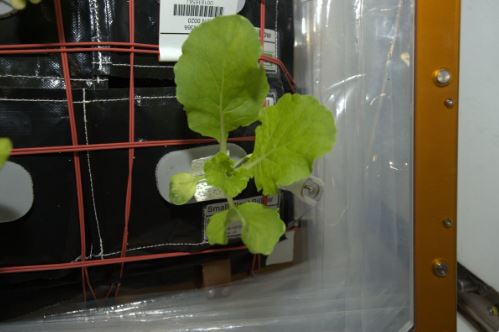Astronauts have successfully grown cabbage on the International Space Station, having previously grown lettuce and flowers.
NASA Astronaut Peggy Whitson planted and grew Tokyo Bekana cabbage seeds as part of the Veg-03 investigation.
Understanding how plants respond to microgravity is an important step for future long-duration space missions, which will require crew members to grow their own food, according to NASA.
It is hoped that data from this investigation could benefit agricultural practices on Earth by designing systems that use valuable resources, such as water, more efficiently.
Whitson harvested some of the cabbage recently, while the remainder of the crop is being saved for a scientific study back at the Kennedy Space Center in Florida.
I am growing cabbage on station. I love gardening on Earth, and it is just as fun in space… I just need more room to plant more! pic.twitter.com/5hGMltDVCy
— Peggy Whitson (@AstroPeggy) February 8, 2017
[yes-app]
[/yes-app]
Having previously grown lettuce and flowers in the Veggie facility on the International Space Station, NASA believes this new series of the study expands on previous validation tests.
The Veggie facility provides lighting and necessary nutrients for plants in the form of a low-cost growth chamber and planting pillows, which deliver nutrients to the root system.
The Veggie pillow concept is a low-maintenance, modular system that requires no additional energy beyond a special light to help the plants grow, according to NASA.
It supports a variety of plant species that can be cultivated for fresh food as well as for experiments for educational purposes.
Whitson, who has a doctorate in Biochemistry, has said that she enjoys gardening in space.
Investigators believe growing plants could provide a psychological benefit to crew members on long-duration missions, just as gardening is often an enjoyable hobby for people on Earth.
Later this spring, NASA plan to send a second Veggie system to the International Space Station to be positioned next to the current one.
It is hoped this will allow for side-by-side comparisons for future plant experiments.


